Hello. I’m an endangered alphabet.
In 2019, I undertook a project to digitise Kayah Li, the language of the Karenni people of Eastern Myanmar and Western Thailand. The alphabet is one of many endangered alphabets; character sets at risk of dying out, information on which can be found here. Together with Tim Brookes of the Endangered Alphabet Project, I set about developing a character set that would both preserve this beautiful language and serve as a practical tool for speakers.
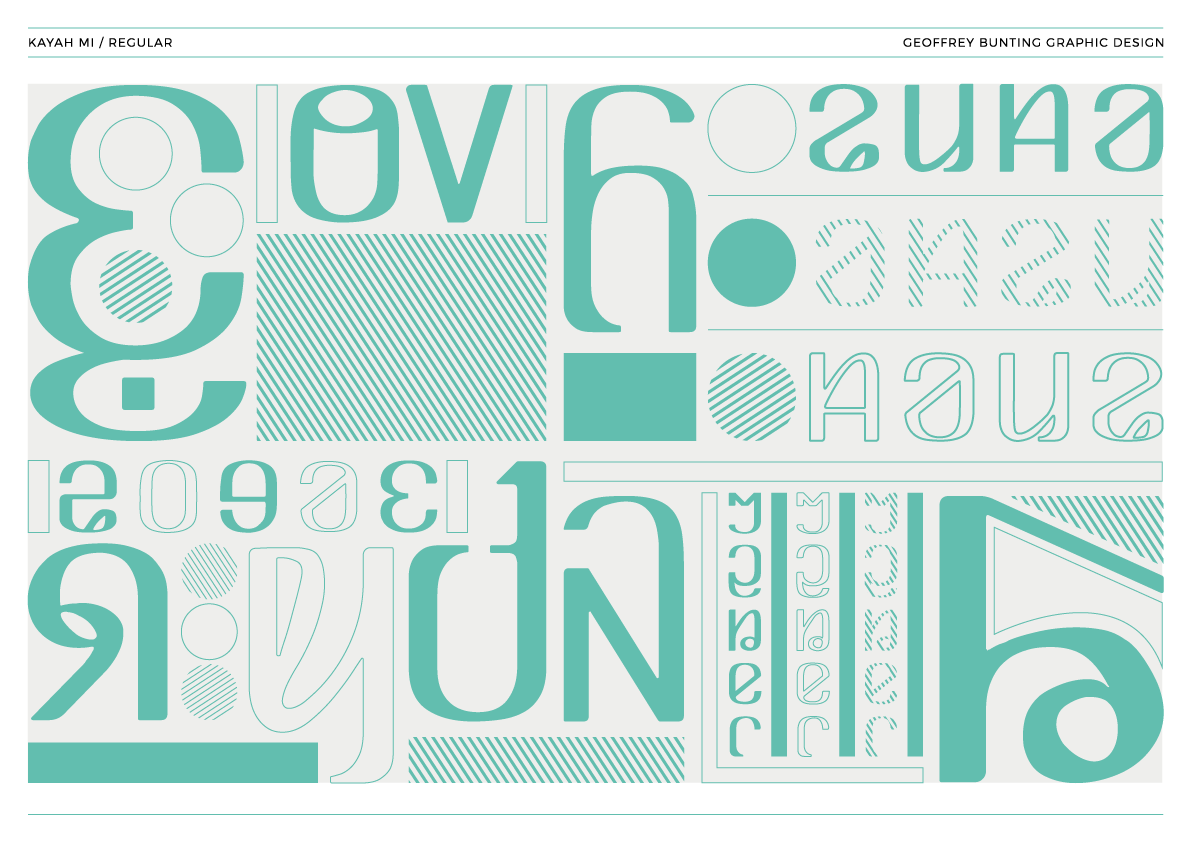
In 1947, Burma gained independence from Britain. It has been embroiled in civil war ever since. The conflict between the Burmese government and its people has lasted over seventy years and seen hundreds of thousands killed and displaced as governmental forces have annexed resource-rich areas of the country. Among those that suffered most under the “Four Cuts” campaign are the Karenni people; a group that includes Kayah people, the Kayan, the Bwe, Geba, Peku, and the Kayaw, among others.
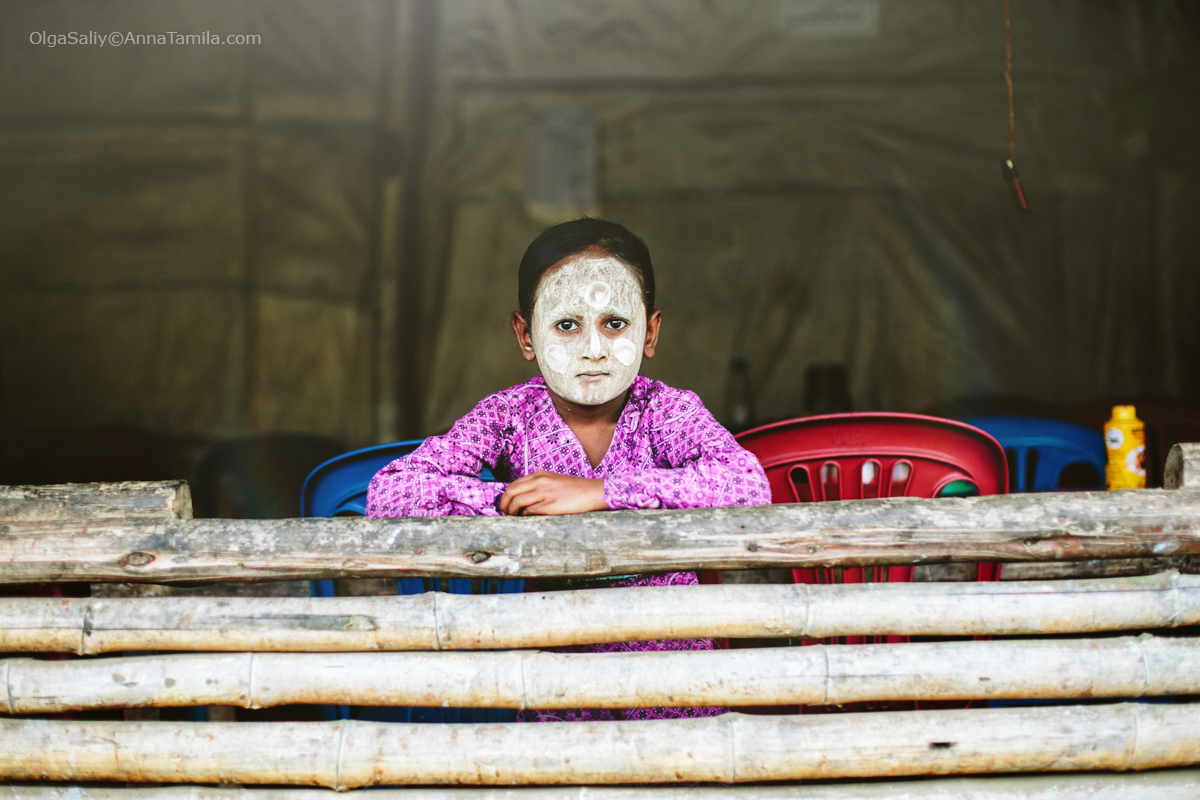
Many of those able to flee the Burmese genocide now live in Thailand where they remain today, living under guard in a range of refugee camps. One inhabitant compared the conditions in the camps to “living in prison because I can’t go outside or make my own decision[s]. I can commute only in the camp. The camp is surrounded by barbed wire. If we go outside of the camp, Thai police will arrest us. In the long run, it affects not only my physical but also my mental health.”
Despite these challenges, the Karenni have shown an indomitable spirit in maintaining much of their cultural identity amid pressure to integrate. In particular, the preservation of their language (often referred to as Kayah Li). Tim Brookes, who heads efforts to catalogue many endangered alphabets like Kayah Li, suggests, “Under these ghastly circumstances, the determination of the Karenni people to maintain, teach and learn their own language, spoken and written, is little short of extraordinary.”
Despite these challenges, the Karenni have shown an indomitable spirit in maintaining much of their cultural identity amid pressure to integrate. In particular, the preservation of their language (often referred to as Kayah Li). Tim Brookes, who heads efforts to catalogue many endangered alphabets like Kayah Li, suggests, “Under these ghastly circumstances, the determination of the Karenni people to maintain, teach and learn their own language, spoken and written, is little short of extraordinary.”
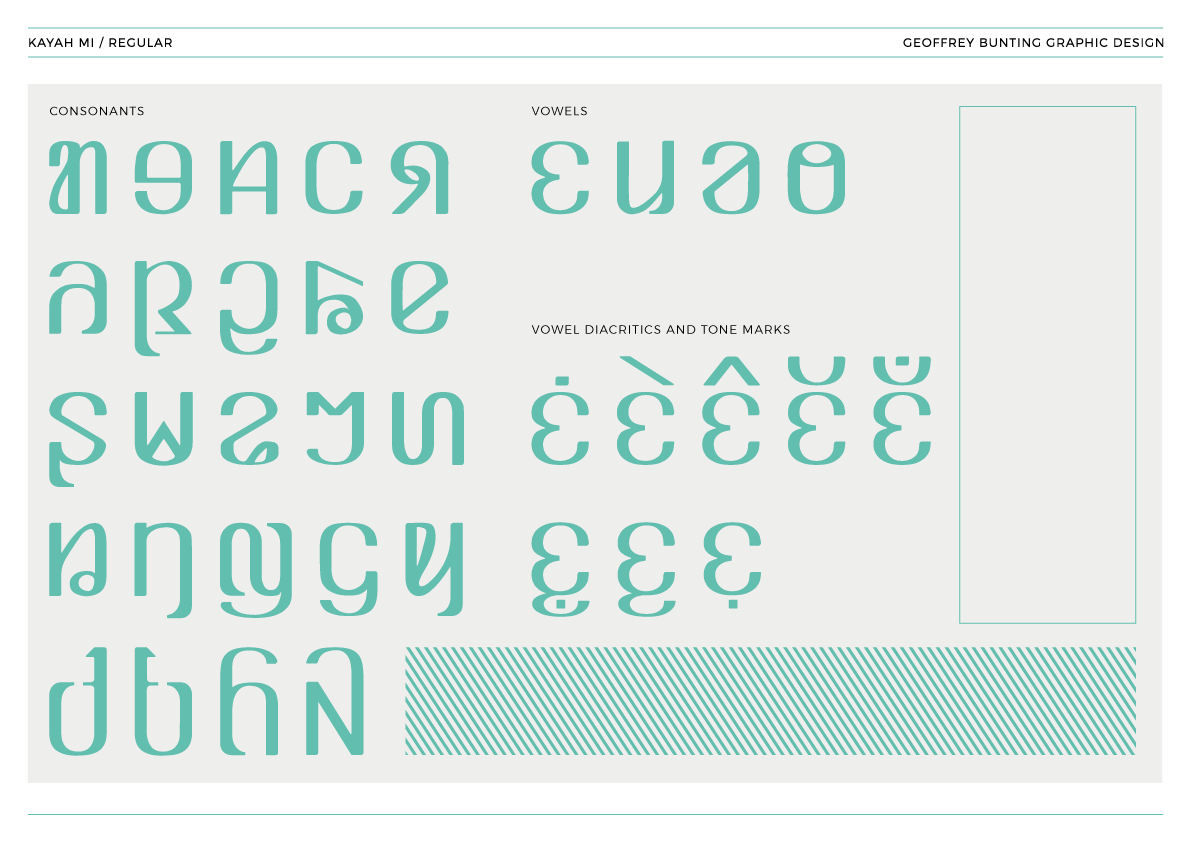
Developed in 1962 by Htae Bu Phae, Kayah Li is a response to the latin- based orthographies that appeared in Mayanmar in the 1950s. The Kayah Li alphabet, which is written from left to right, consists of twenty-eight characters and ten numerals. It also includes a mix of Latin and original punctuation. A number of letterforms are shared between the characters and numerals, but most unique in Kayah Li is the use of characters to signify different “tones.” This means that certain words may be written – and spoken – in the same way but in different tones, resulting in a number of different meanings for the same phrase.
Kayah Mi is a new digitisation that pulls away from the typical renditions of Kayah Li to create a stylistic and more human typeface. Originally designed using ink and brush to capture a sense of human flow, Kayah Mi incorporates typographic research from both east and west while conforming to the distinctive letterforms that make Kayah Li such a beautiful visual language.
Kayah Mi is a new digitisation that pulls away from the typical renditions of Kayah Li to create a stylistic and more human typeface. Originally designed using ink and brush to capture a sense of human flow, Kayah Mi incorporates typographic research from both east and west while conforming to the distinctive letterforms that make Kayah Li such a beautiful visual language.
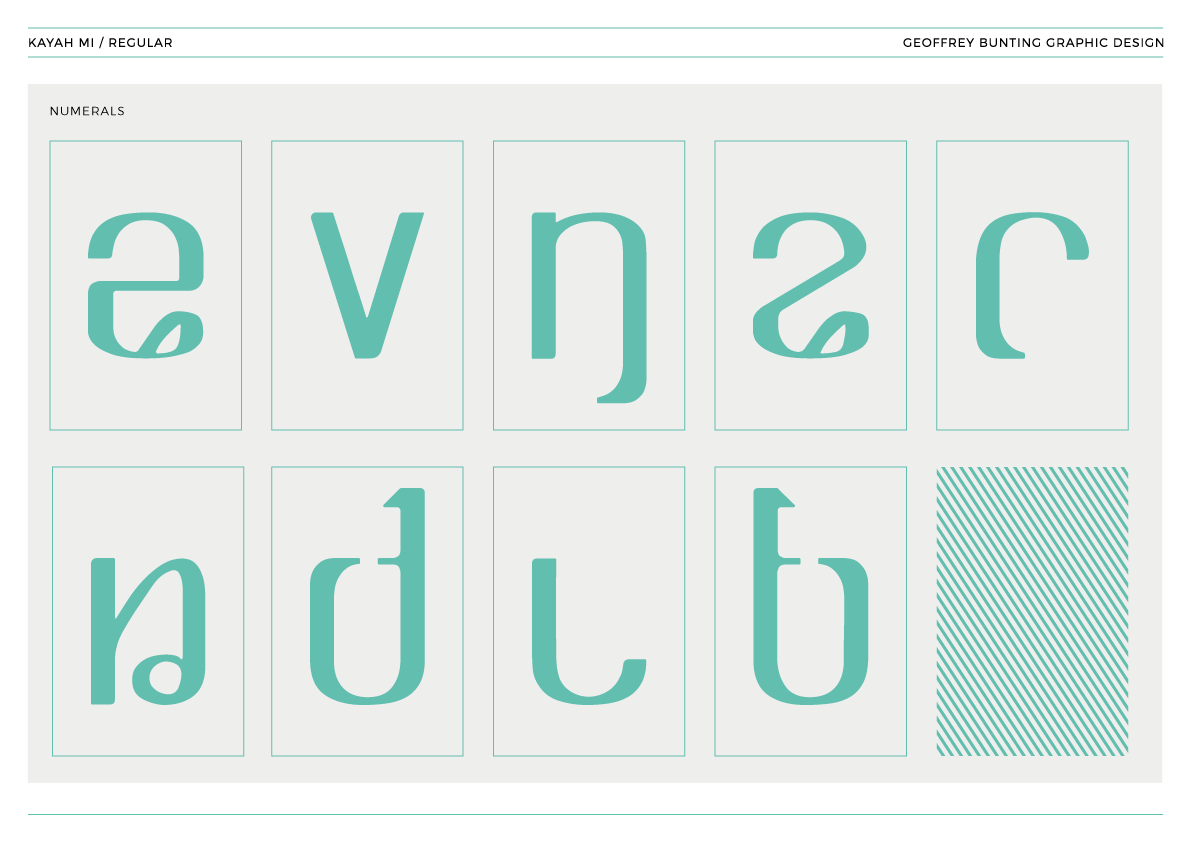
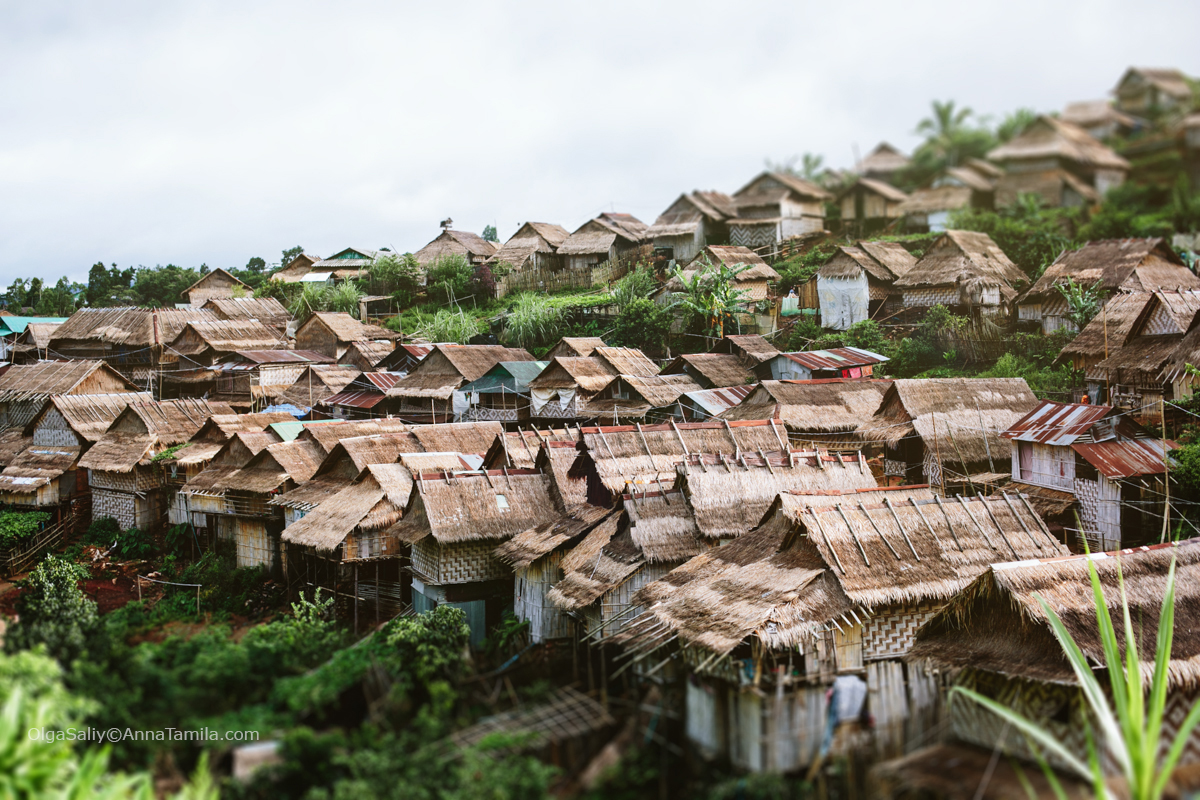 Photographs ©
Photographs ©